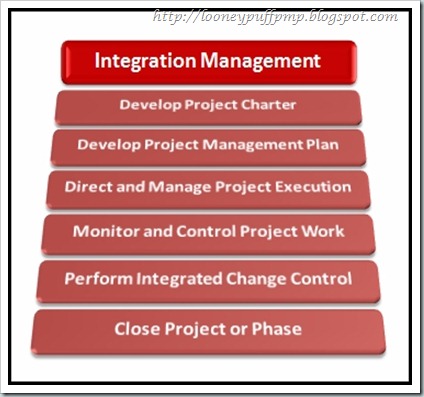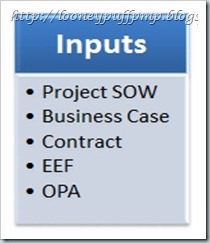The Project Manager comes into the picture when she is selected and later on authorise to start the project work. She starts to be functional once the Project Charter is born.
So, who is this person that people rely on to ensure the smooth flowing of a project which leads to satisfactory delivery to the delight of the client? What is she made of?
I personally believe that a Project Manager should have the following attribute:
- A communicator – she is able to communicate with all levels effectively
- A negotiator – she is able to negotiate to get the best deal possible
- A mediator – she becomes the third person to solve conflicts
- A motivator – she creates a positive environment to foster excellence from team members
- A mentor – she trains and coach team members producing results as expected
- A thermostat – she sets the correct state for the working environment
- A time keeper – an essential trait to ensure timely delivery within acceptable expenditure
- A learner – actively improving herself and keeping abreast with the latest information and technology
- A seeker – always looking for better ways to improve the current work situation
A PM should always able to keep her emotion under check. Like any other managers, conflicts should be resolved properly and diplomatically. A PM must be able to give clear directions and expectation to her audience. This will help to avoid miscommunication, worse a conflict.
A PM should be focused and creative at the same time. Detailed yet leave room for team members to give innovative ideas and trying new things.
Most importantly, an excellent PM must be able to keep the goals and project objectives in each team member’s view. It is essential to ensure that every one in the project is heading towards the same direction.


